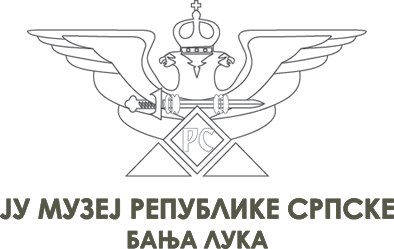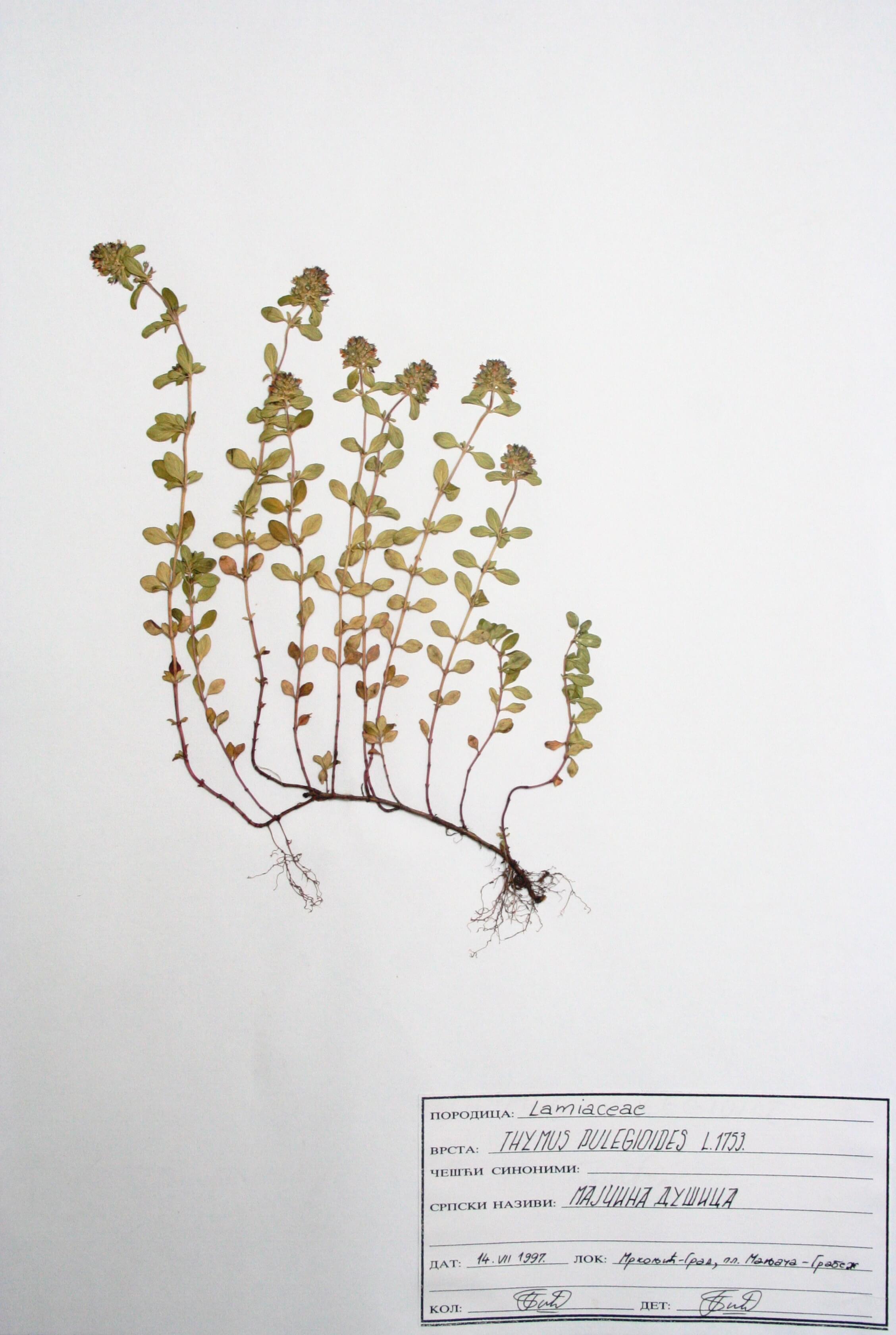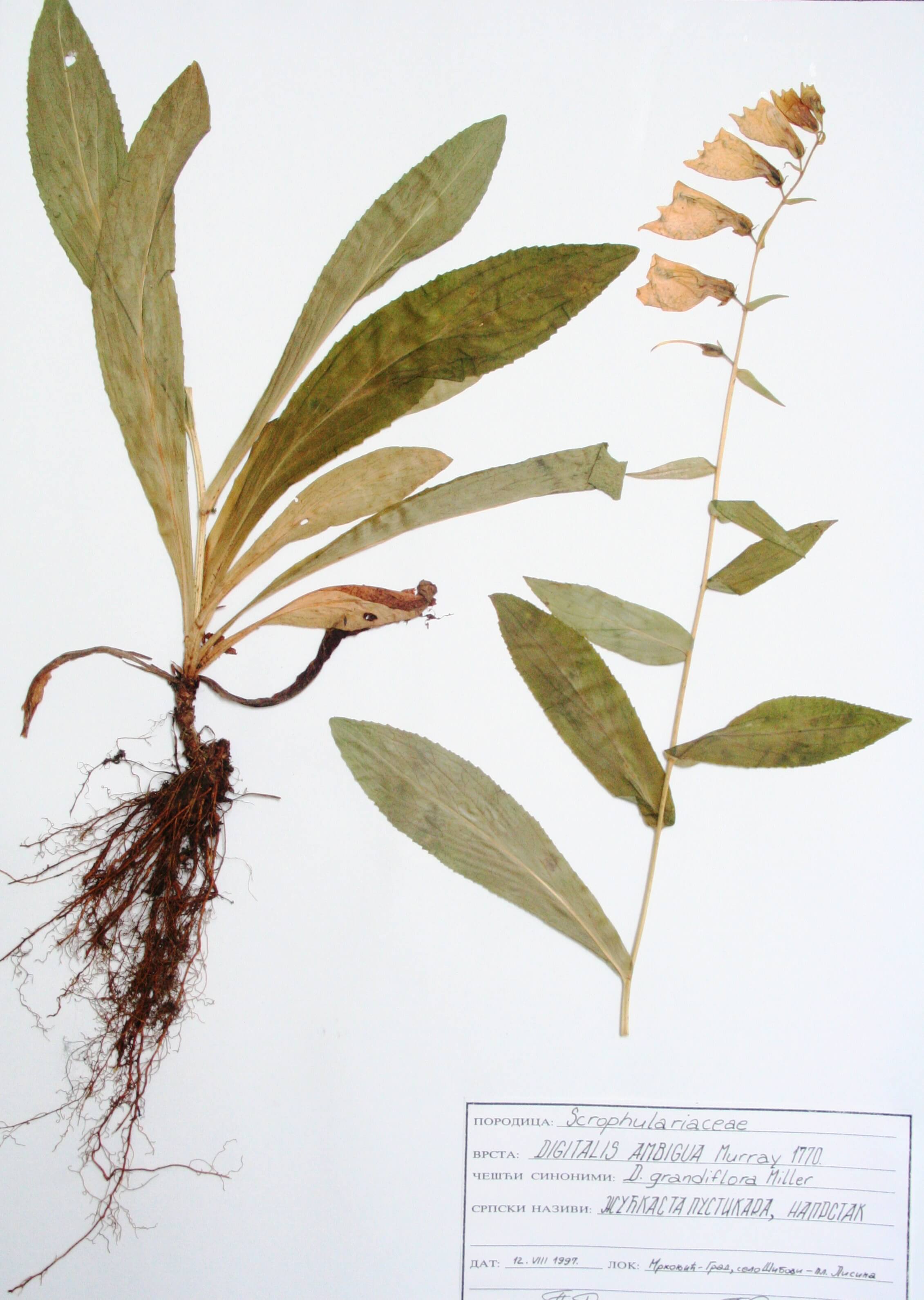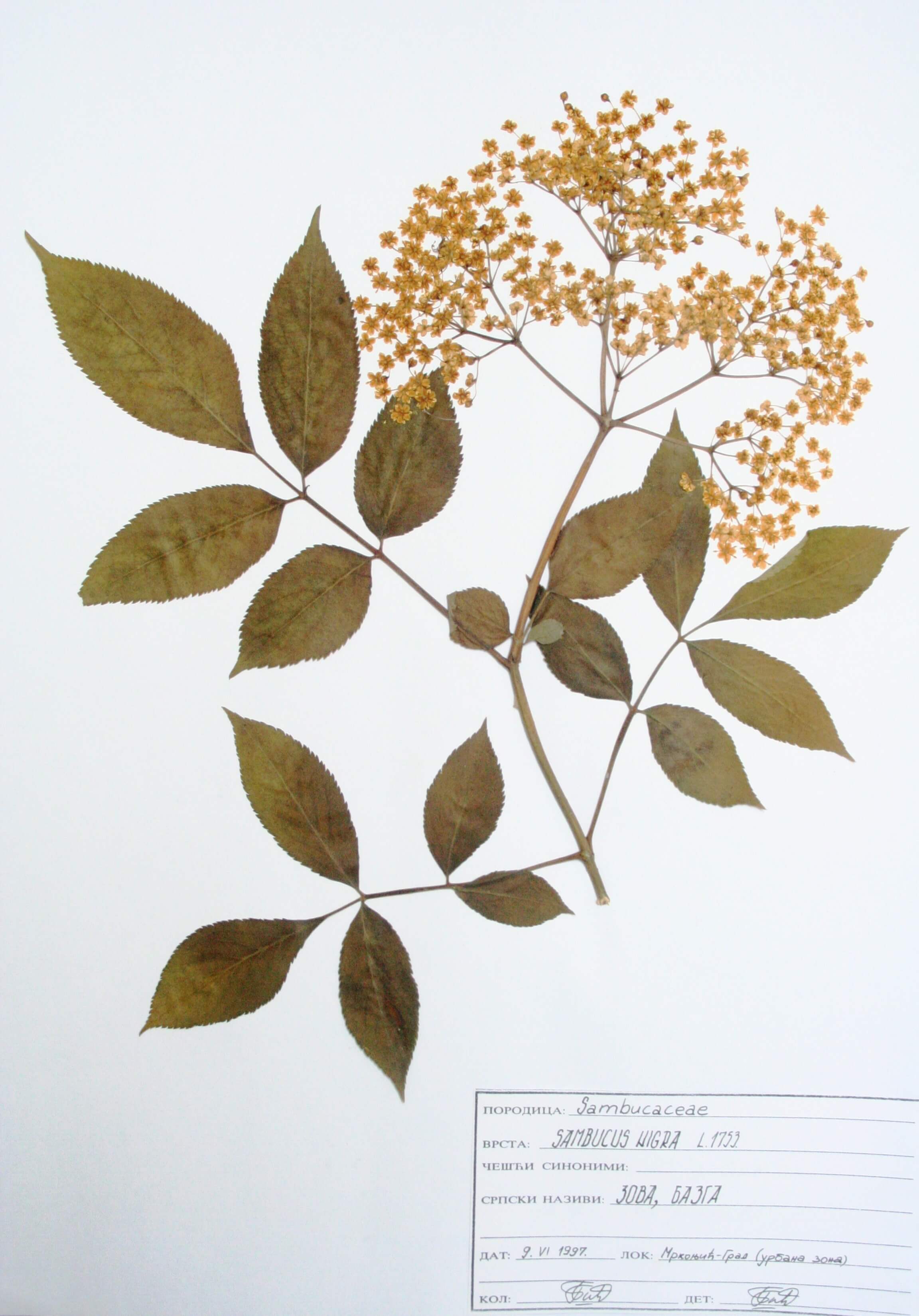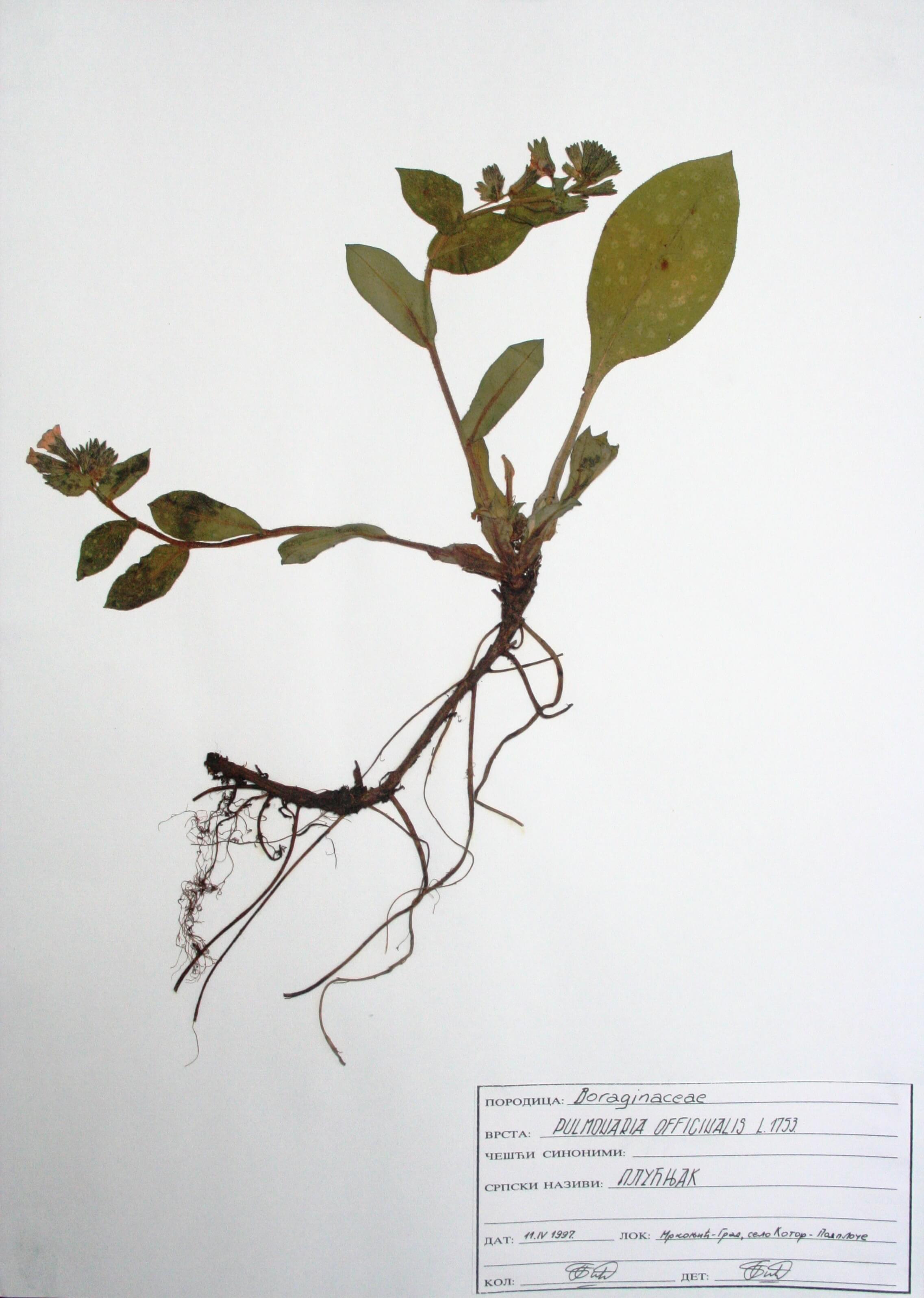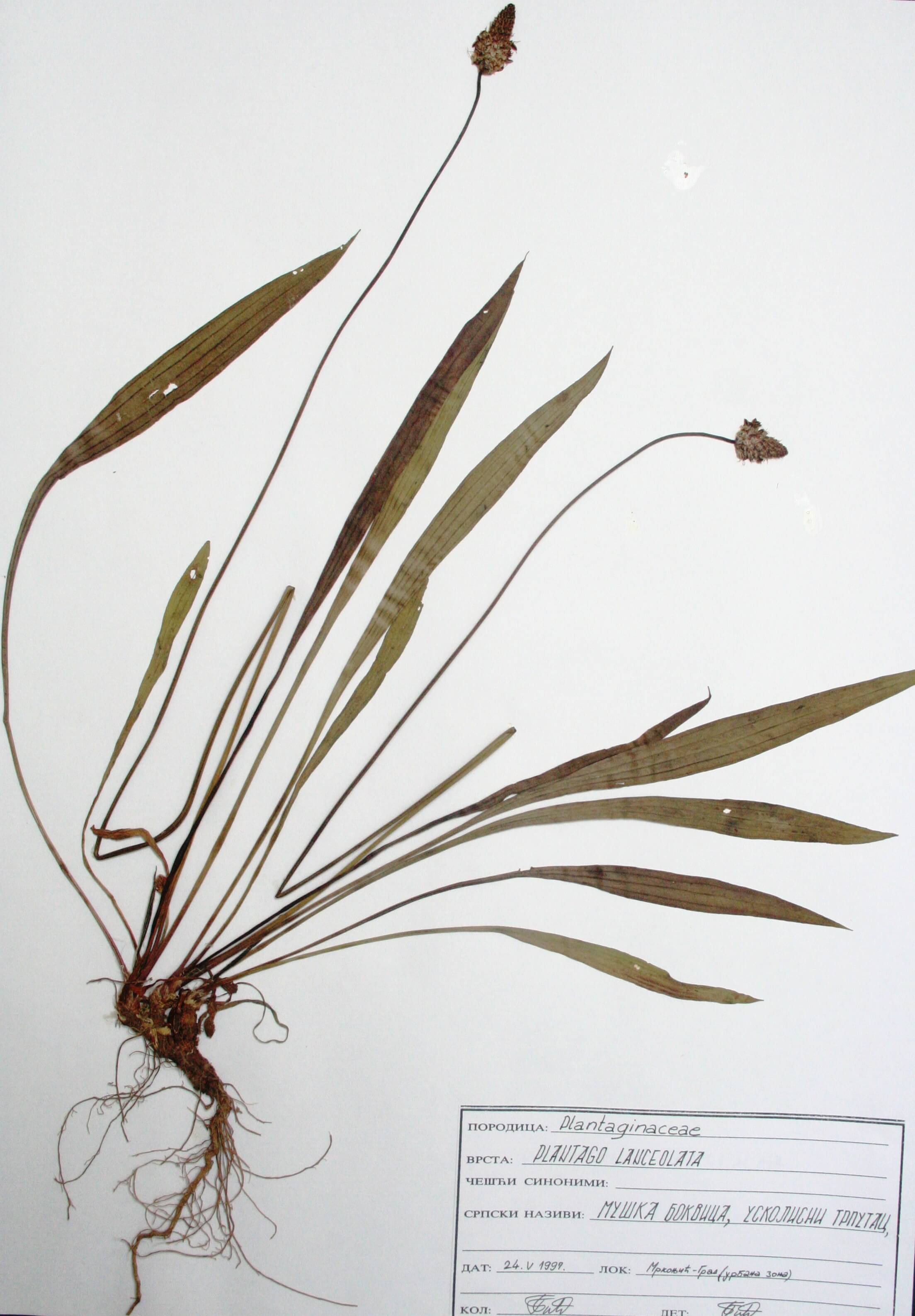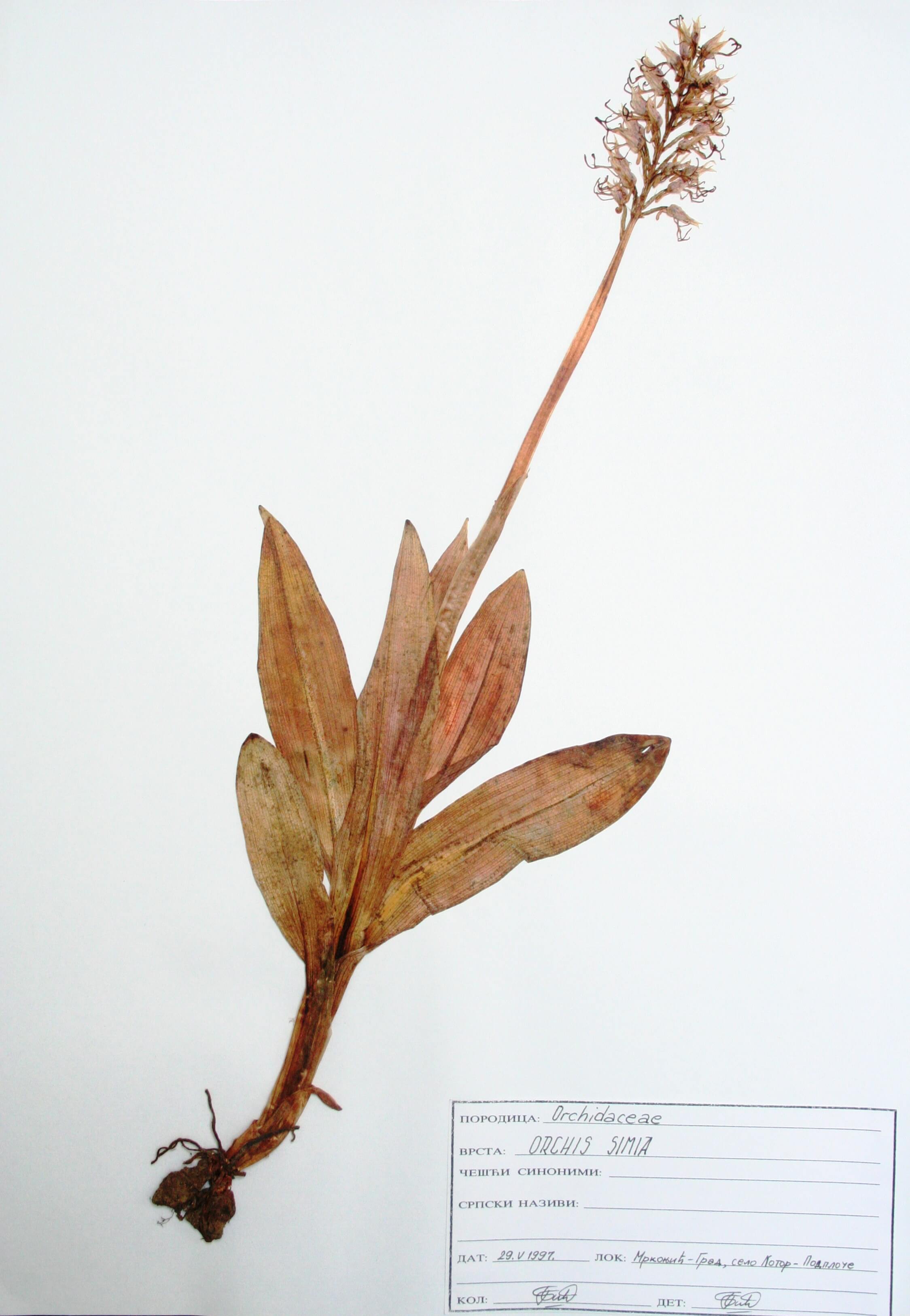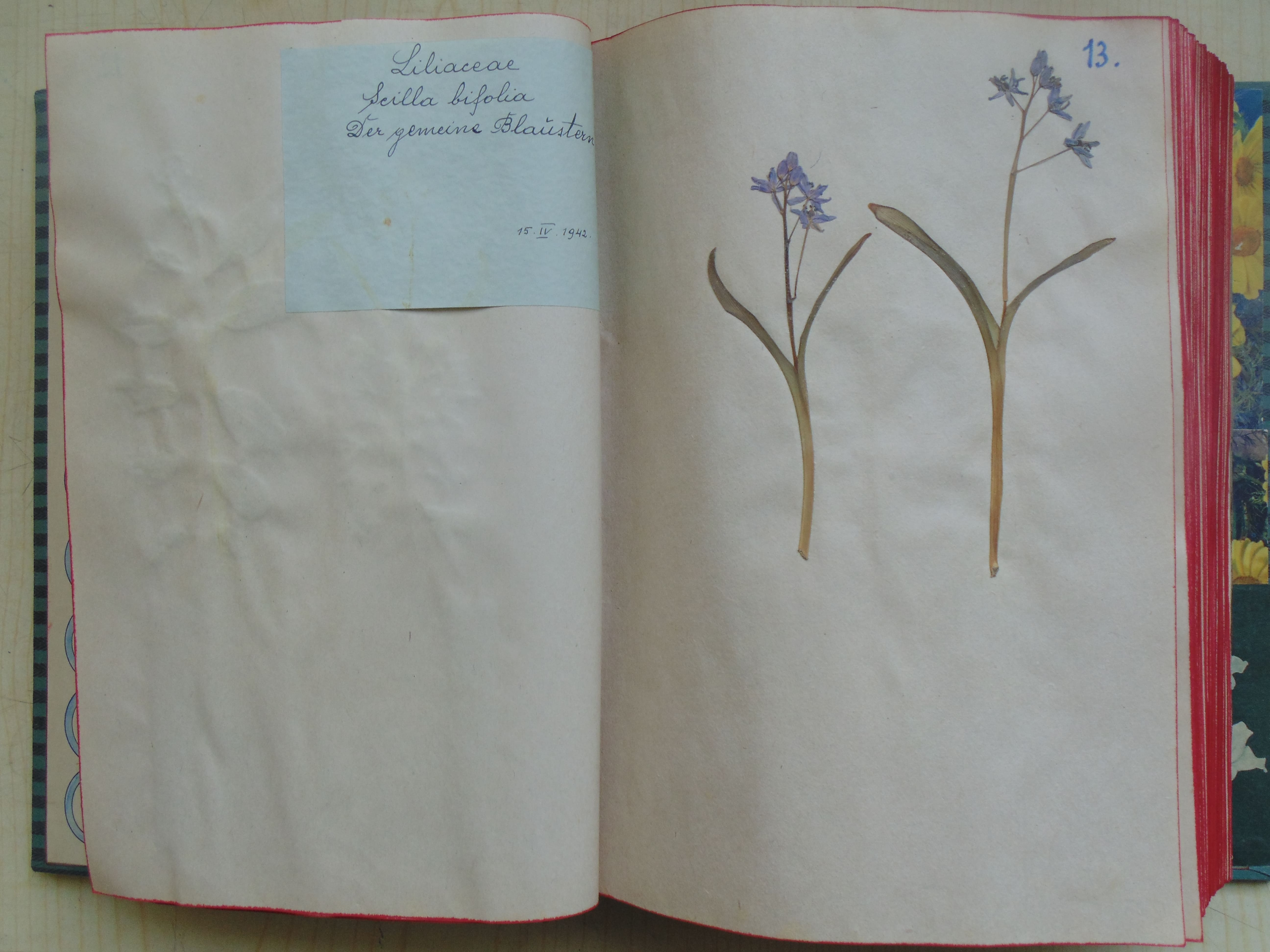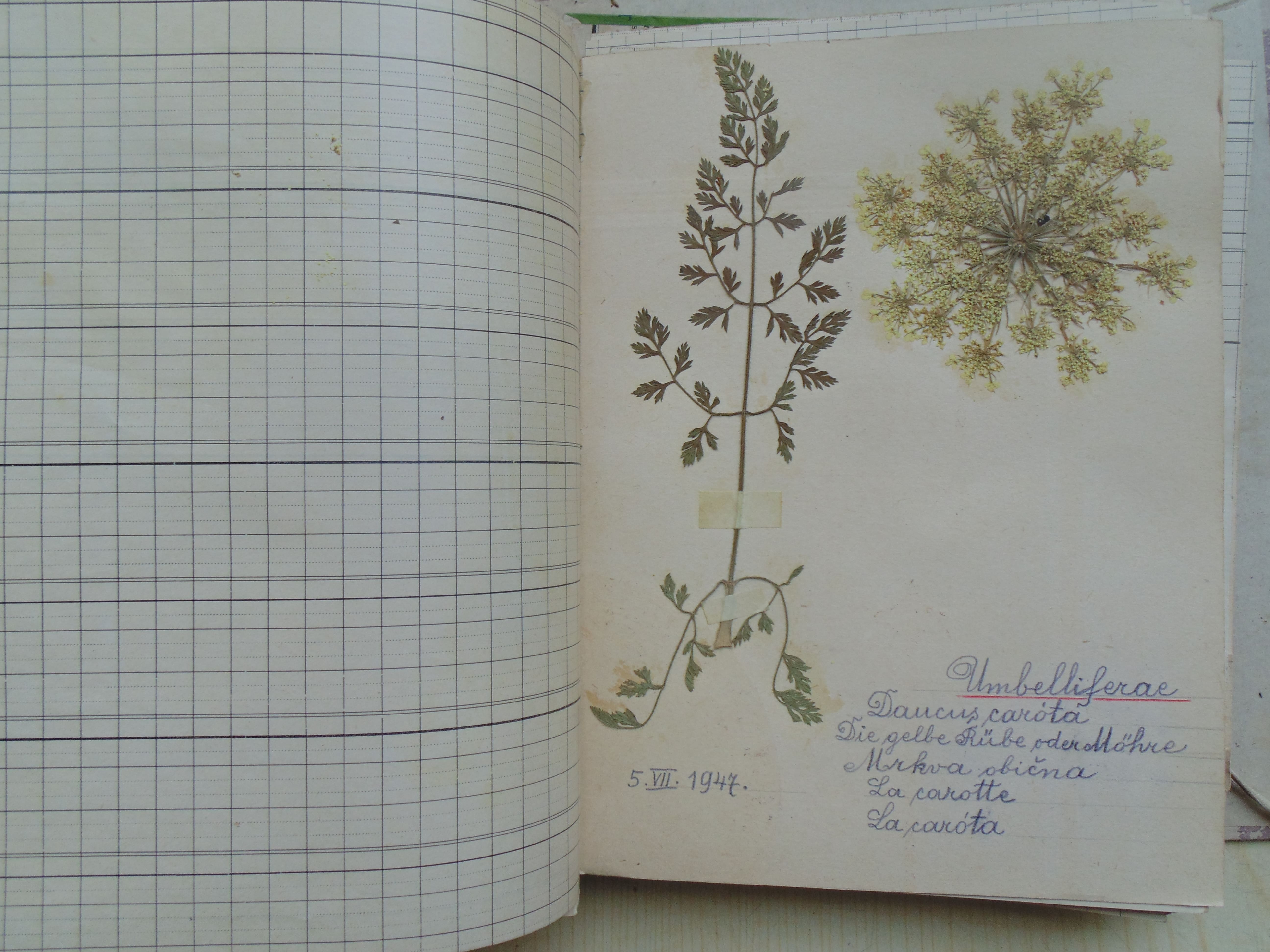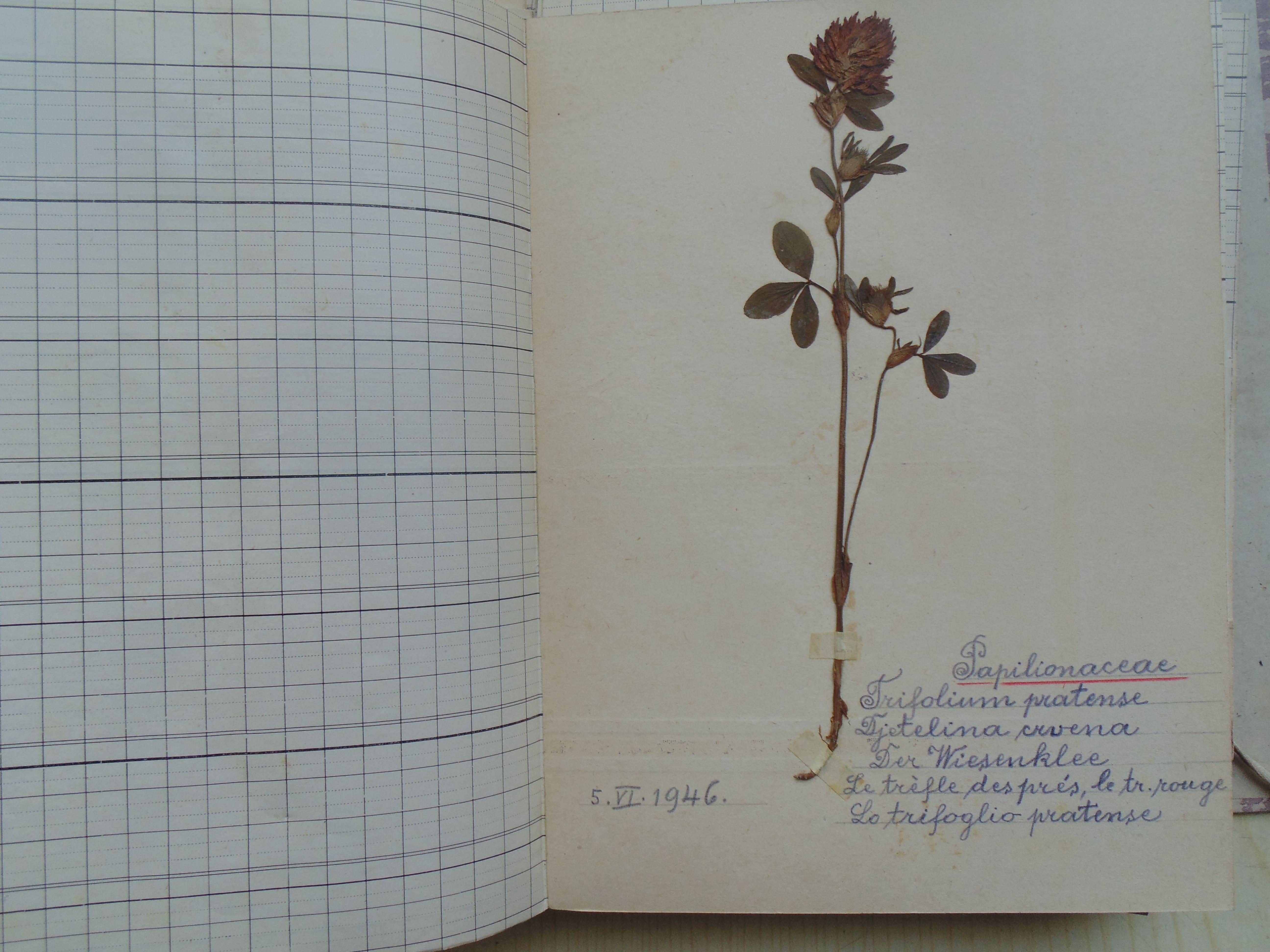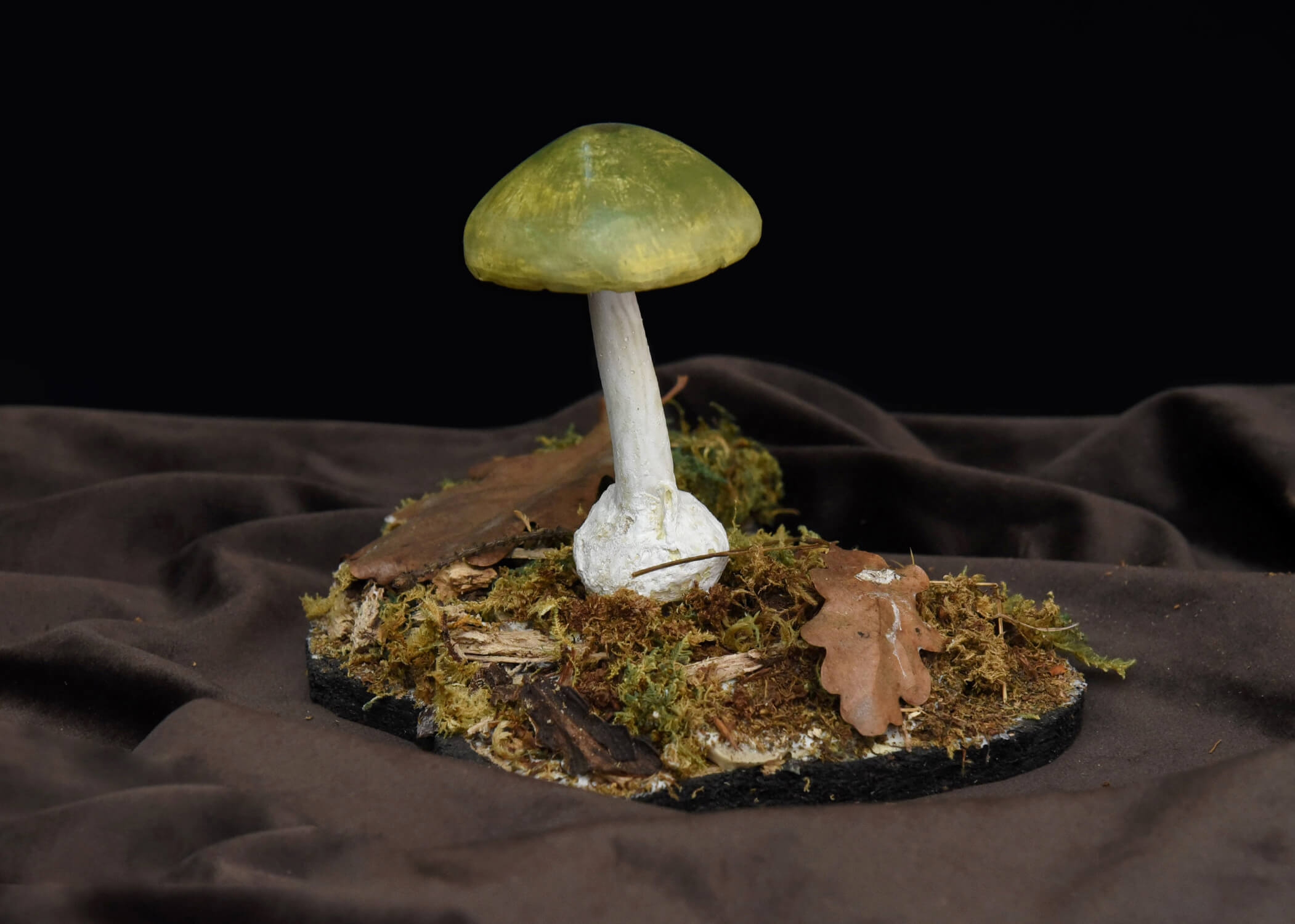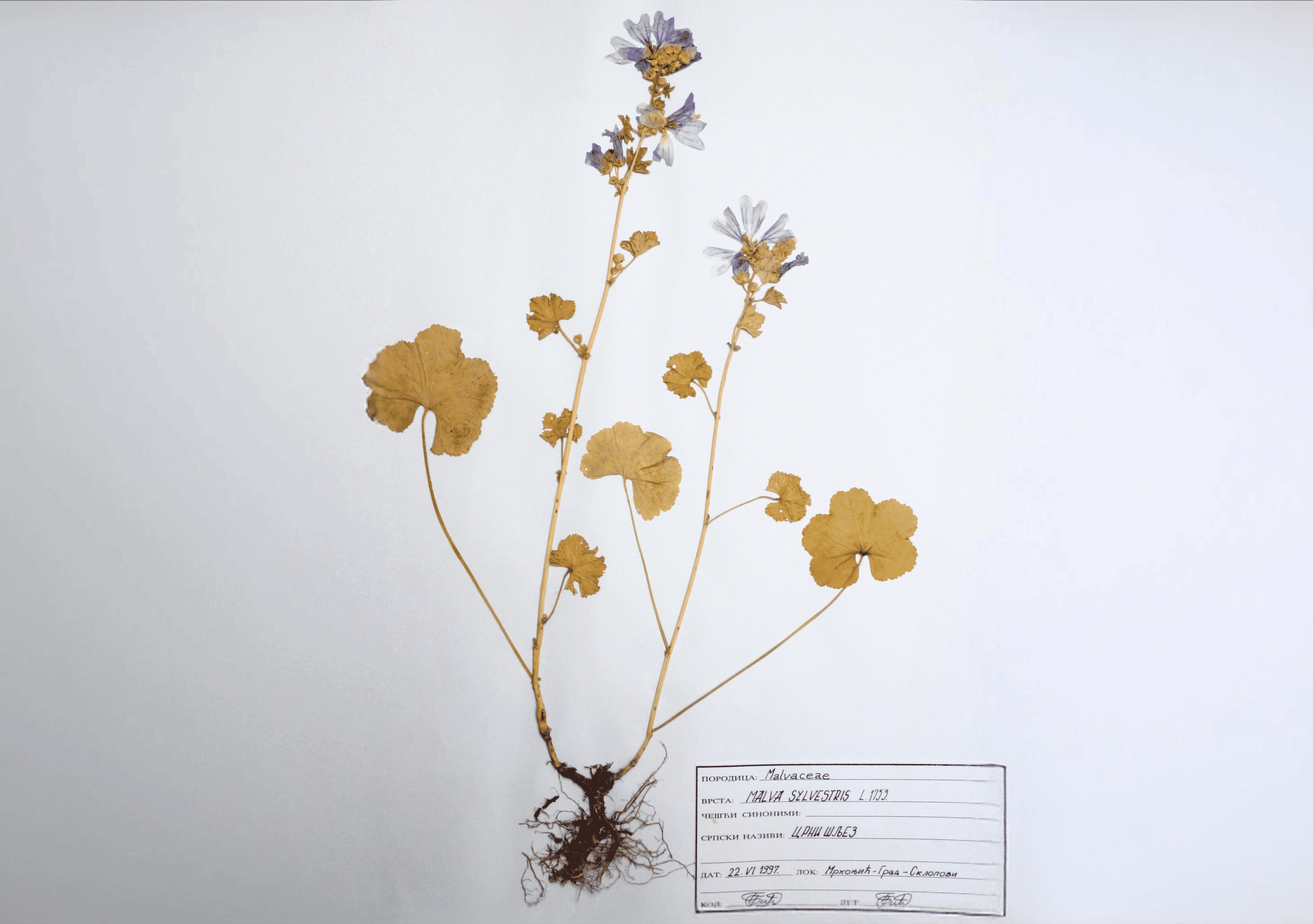
Malva sylvestris L.; The general herbarium of plants of the Republic of Srpska
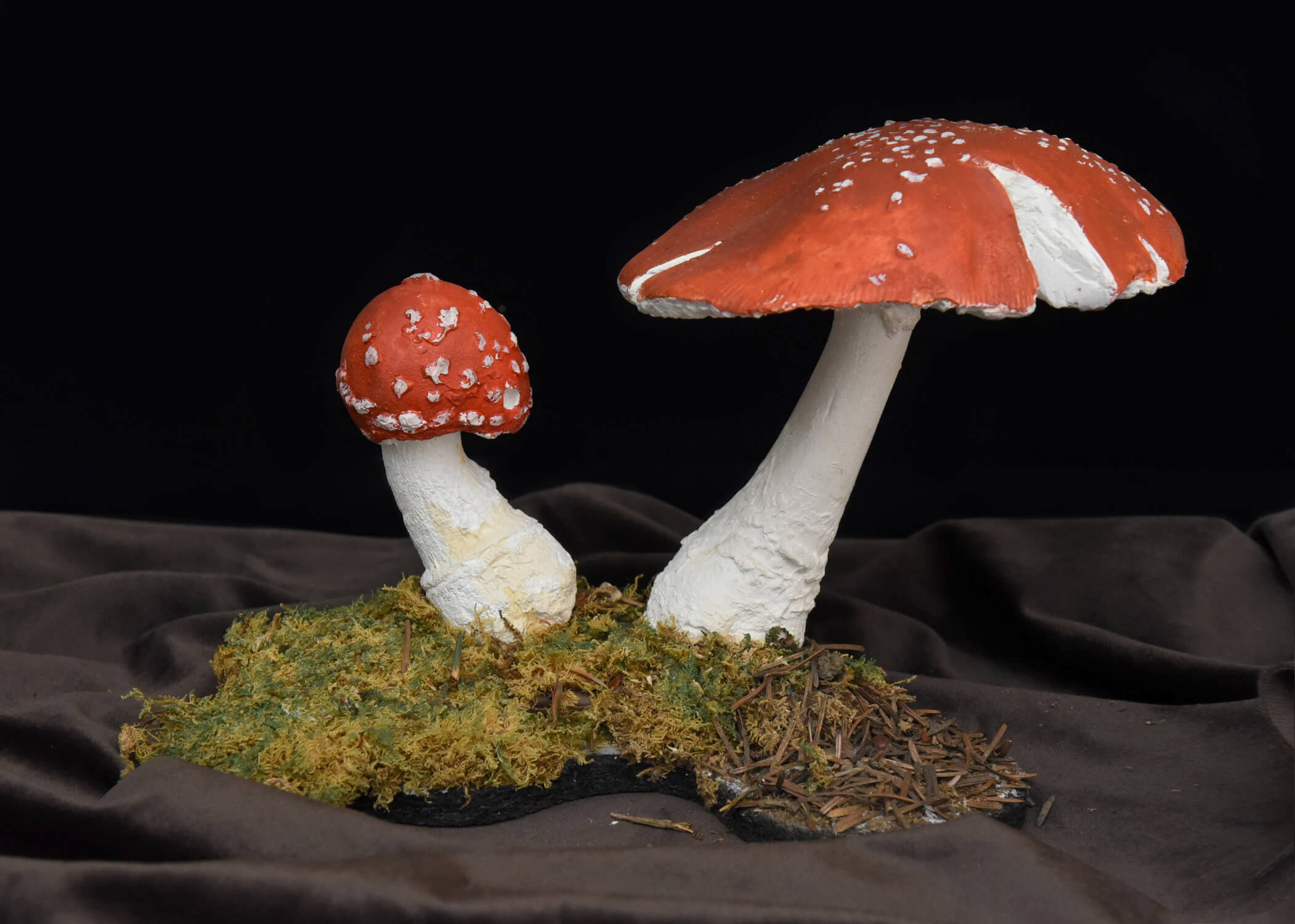 Amanita muscaria (L.) Lam.; Mycological collection of fungi
Amanita muscaria (L.) Lam.; Mycological collection of fungi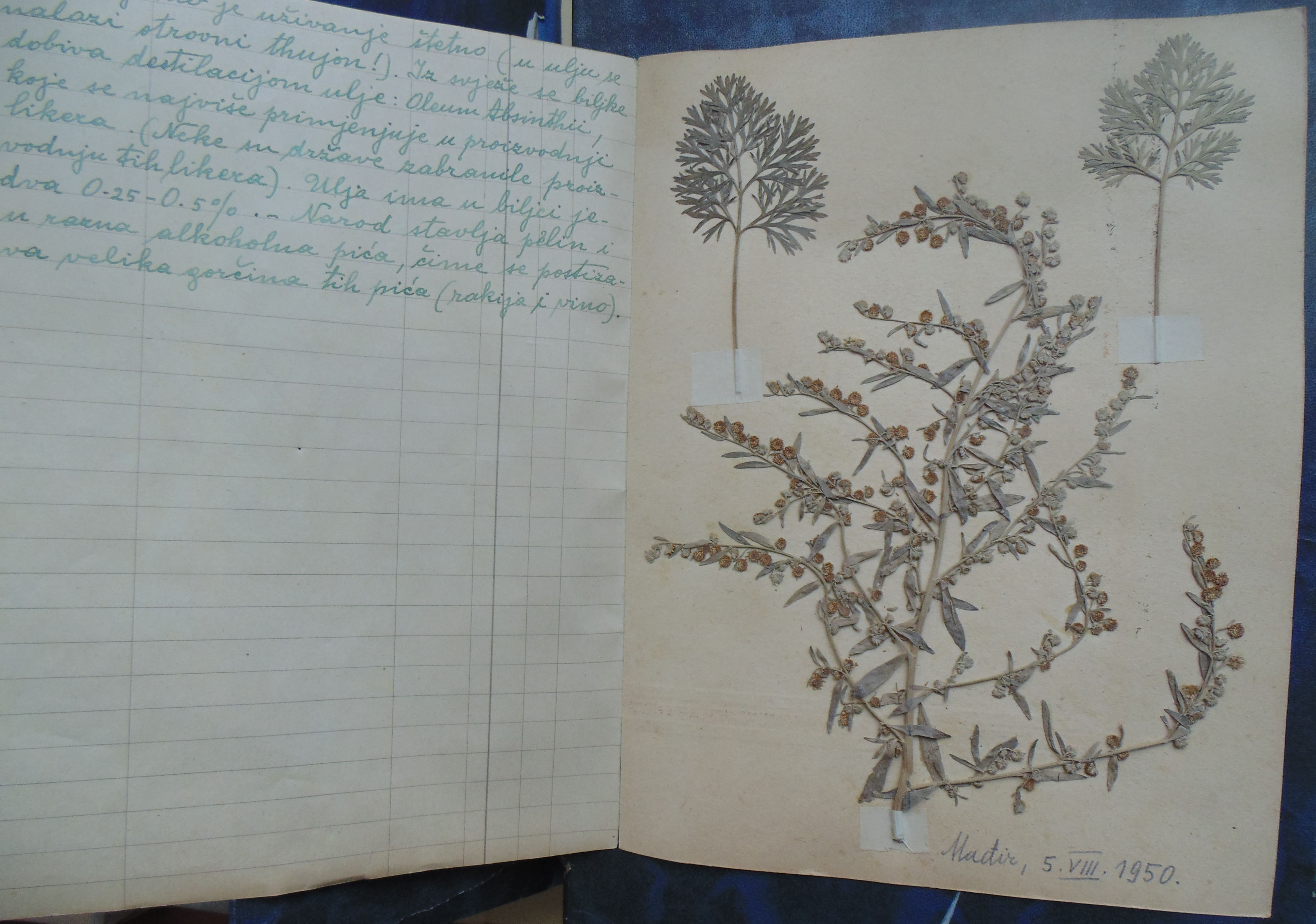 Artemisia absinthium L.; herbaria from the Trappist monastery "Marija Zvijezda.
Artemisia absinthium L.; herbaria from the Trappist monastery "Marija Zvijezda.Botany Collection - Herbarium
One of the sections of the Natural Sciences Department at the Museum of the Republic of Srpska is the Botany Section. The Herbarium collection consists of four collections:
- Herbarium officinale I and II
- Herbarium Florae Banjalucensis I and II
- Herbarium Servitii Bosnae
- General herbarium of plants of the Republic of Srpska, which includes the herbarium of wild medicinal and edible plants
The Botany Section documents the first herbarium collections dating back to 1952 when the Museum of the Republic of Srpska (then the Museum of Bosanska Krajina) purchased three herbaria from the Trappist monastery "Marija Zvijezda."
- VIŠI KUSTOST BOTANIČAR
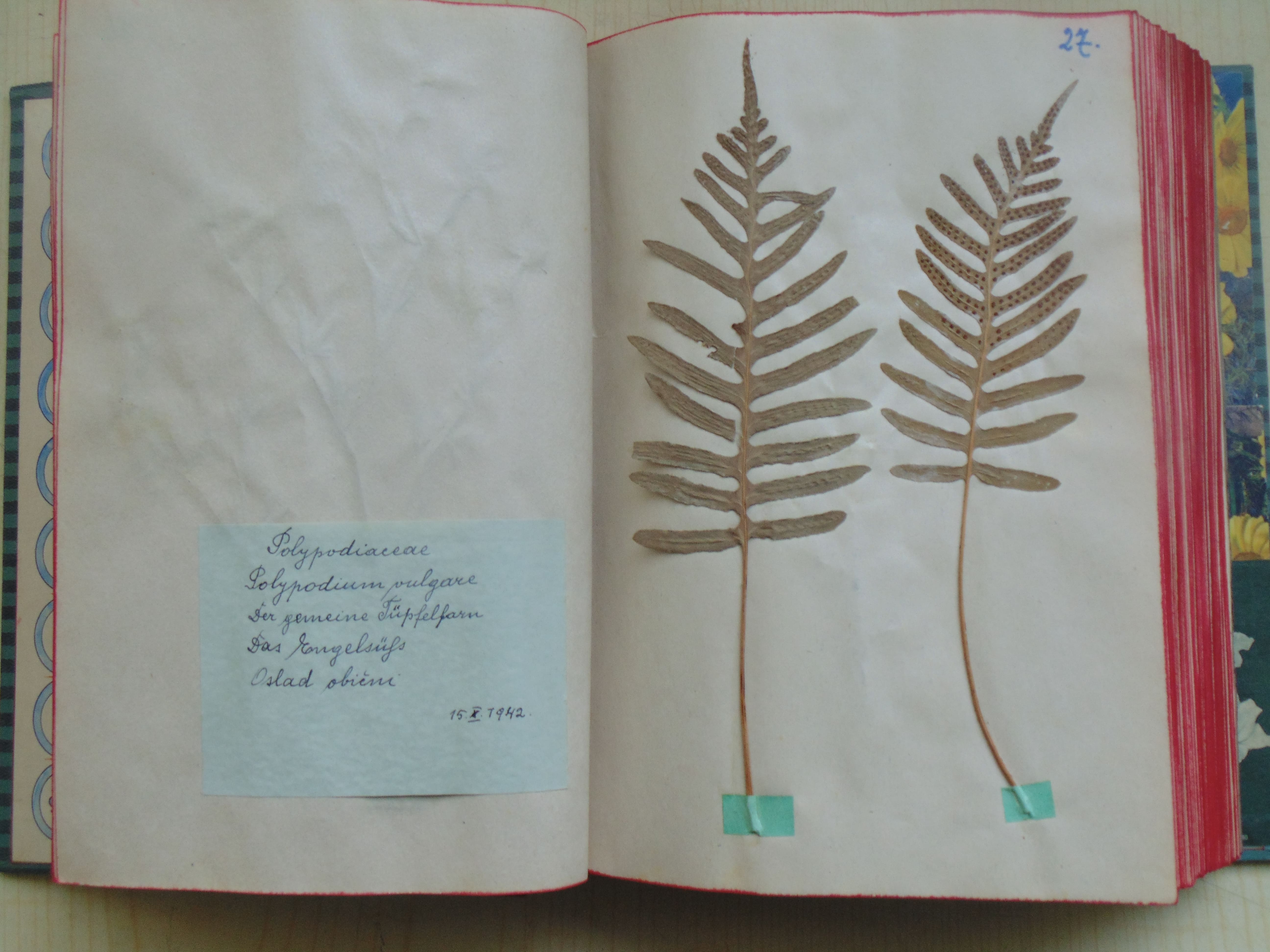 Polypodium vulgare L.
Polypodium vulgare L.Herbaria from the Trappist monastery "Marija Zvijezda
These collections consist of one volume of Herbarium Servitii Bosnae, two folders of Herbarium Florae Banjalucensis I and II, and two folders of Herbarium officinale I and II. These herbaria were compiled in the 1940s. The plant species were collected in the period between 1942 and 1951 and are the work of Professor Konrad Janković. This material mainly comprises medicinal, edible, and cultivated plants, as well as some rare and protected plant species collected by Konrad Janković in the surroundings of Banja Luka. Due to their origin and age, the Trappist herbaria hold exceptional historical value. Their significance lies in being the starting point for the formation of the Botany Section of the Natural Sciences Department at the Museum of the Republic of Srpska, as well as the botanical collection Herbaria. The Herbarium of wild medicinal and edible plants (1997) and the Novum Herbarium (1998) were later added to them.
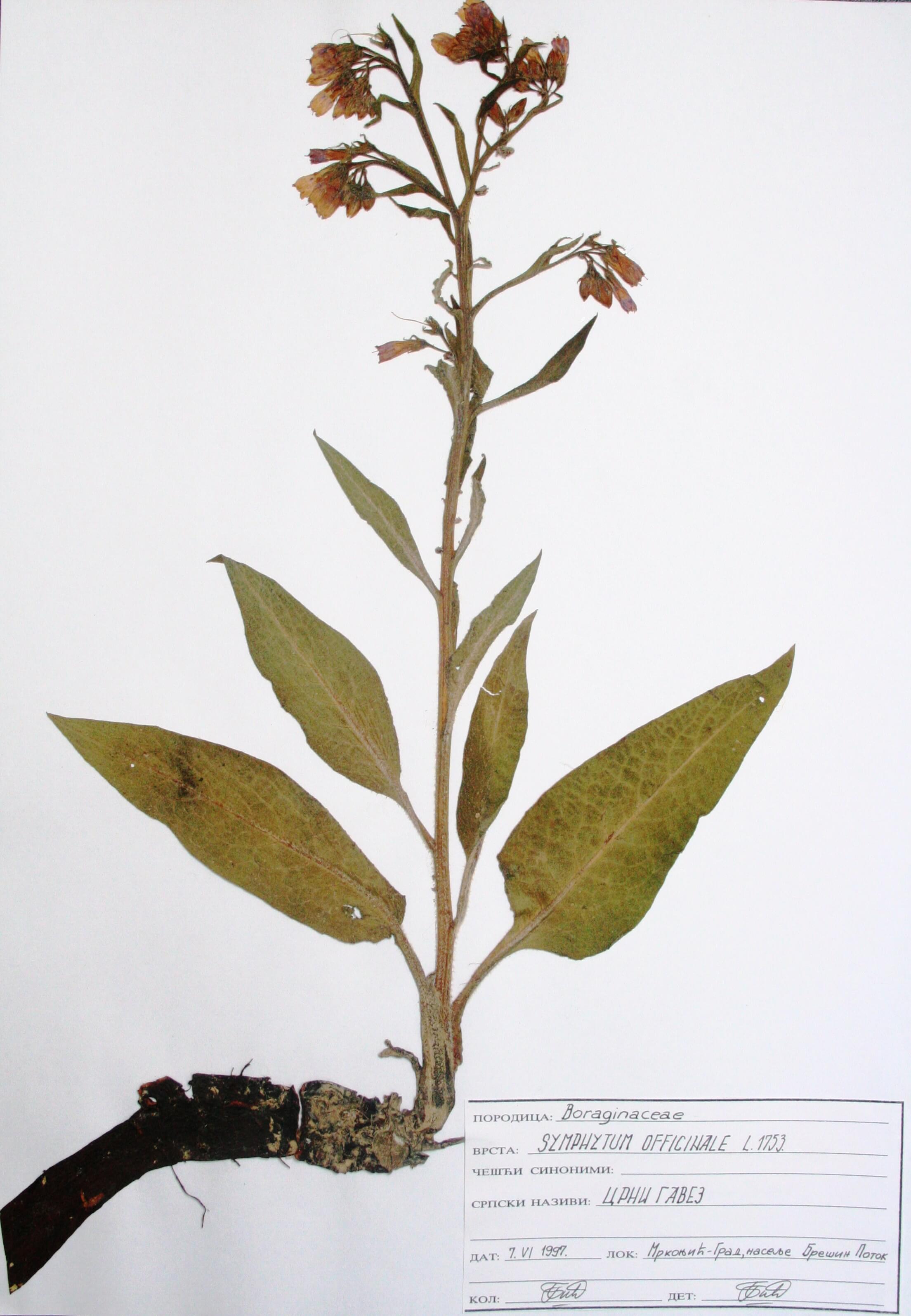
Symphytum officinale L.
The general herbarium of plants of the Republic of Srpska
The general herbarium of plants of the Republic of Srpska was formed by merging two herbaria and supplementing the Herbarium of wild medicinal and edible plants with new specimens from 1998 to the present day. This material largely contains wild medicinal and edible plants, as well as specimens of endemic and endangered plant species. The collection comprises vascular plant specimens and one lichen specimen exclusively from the territory of the Republic of Srpska, mostly its northwestern part. The herbaria hold a crucial place in the Natural Sciences Department, both for preserving materials, and as evidence of past times. The collection is of exceptional significance as cultural and scientific heritage documenting the diversity of flora in a specific biogeographic area, as well as the species distribution. Through research work and continuous thematic exhibitions, the wider public is presented with the biodiversity of flora in our region, their attention is drawn to the importance and preservation of natural resources, as well as to the state of endangerment of certain plant species and the necessary protection measures. The botanical collection Herbaria represent a part of the rich natural heritage preserved at the Museum of the Republic of Srpska.
 Boletus edulis Bull.
Boletus edulis Bull.Mycological collection of fungi
As part of the permanent exhibition of the Botany Section of the Natural Sciences Department at the Museum of the Republic of Srpska, in the central exhibition showcase, alongside plant material, specimens of 52 species of fungi are displayed. These are models (casts) from the mycological collection of fungi. This is an ideal opportunity for all fungi enthusiasts to become better acquainted with the world of fungi, learn about the species thriving in our regions, distinguish between edible, conditionally edible, inedible, and poisonous species.
